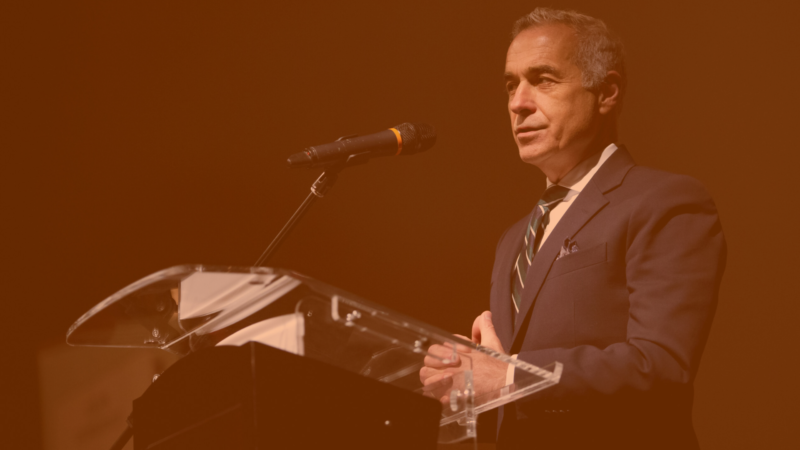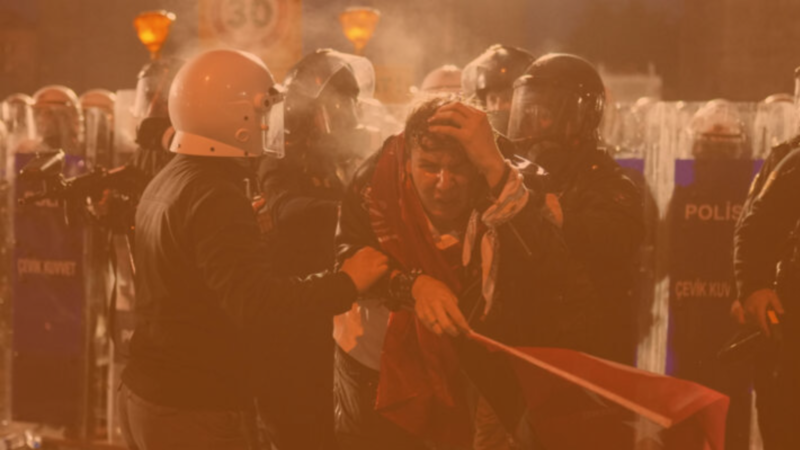Things may look rosy for NATO today, but climate breakdown, not wars, are the biggest threat to global security
NATO really is on a roll thanks to Vladimir Putin, but even as its immediate prospects look good, the whole future of the alliance should be open to question.
For now, as Finland and Sweden join, Putin finds an enlarged alliance ranged against him. NATO’s reputation is so bound up with the fate of Ukraine that, in the unlikely event that Russia makes substantial military gains in the conflict, Kyiv cannot be allowed to lose. From Putin’s perspective, his warning early last year of the threat posed to Russia from NATO has become a self-fulfilling prophecy. This does at least mean he can claim ‘I told you so’ – which is helping maintain some domestic support.
Meanwhile, things just keep getting better for NATO. After years of fighting disastrous wars, whether in Afghanistan, Iraq or Libya, it can now forget about them – whatever the enduring human disasters they leave behind.
To make matters even more rosy, military budgets are rising, lots of new weapons are being developed and existing ones produced in huge numbers. Both will lead to more sales for the armourers as countries across the world rush to buy new kit, even if their armed forces have no connection with the war in Ukraine.
Arms sales are boosted directly by the Ukraine experience. The UK’s defence procurement minister, James Cartlidge, recently said that new missiles sent there have received “rave reviews”. Ukraine now has “a potent weapon” and the technology is “highly in demand”.
Ukraine’s defence minister, Oleksii Resnikov, put it more bluntly: “Our Western allies can actually see if their weapons work, how efficiently they work and if they need to be upgraded. For the military industry of the world, you can’t invent a better testing ground.” And to make it better still for the arms industry, Joe Biden is now likening the conflict to the start of the Cold War, apparently thinking in terms of years of war ahead.
Nevertheless, NATO is taking care not to get too entangled, always bearing in mind the risk that Putin may move to more extreme tactics. This is one reason why Ukraine will not be allowed to join NATO anytime soon.
That apart, the underlying issues are that the war is deeply embedded, NATO feels increasingly sure of itself, and the arms companies are reaping handsome rewards.
Against this, across the Global South the war is very widely seen as a massive diversion from much more significant challenges. For a start, while there may be precious little support for Russia, a common view is ‘a plague on both your houses’ rather than support for NATO. Issues that still resonate across the Middle East and western Asia are the devastating effects of the post-9/11 conflicts, with their Western failures and huge loss of life, while across the whole region and extending down through Africa, it is the colonial experience that counts.
Underlying this is the increasingly dominant view that global climate breakdown and the many consequences of that evolving catastrophe, especially for poorer people, are a far greater challenge than the war in Ukraine.
It is ironic that NATO has completed a summit that was dominated by the conflict in Ukraine just as a belt of countries from Spain through to Turkey was experiencing extreme temperature surges as the Cerberus anticyclone weather system began to take hold. Italy, France, Spain, Croatia, Greece and Turkey are all expected to hit temperatures above 40°C, and Sardinia and Sicily may get to 48°C, potentially reaching the hottest temperatures ever recorded in Europe according to European Space Agency predictions.
Across the NATO member states, the connection is simply not made. NATO has been an alliance dedicated to military protection for well over 70 years, but it is a military alliance unsuited to meeting the world’s greatest security challenge: climate breakdown. It is a telling example of the saying: “If you only have a hammer, everything looks like a nail.”
The Southern Oscillation climate cycle is entering an El Niňo phase, which will combine with existing global heating to give years of seriously extreme weather extending through the mid and late 2020s. Indeed, the recent US/Mexican heat dome, eastern Canada wildfires, the Cerberus weather system across southern Europe and the severe floods in India are all early warnings of the far greater problems that will ensue without immediate and radical decarbonisation.
That might just lead to a badly needed change in our priorities. Spending billions on the military may make for high profitability but is entirely missing the point when it comes to the greatest security challenge facing the entire world.
This article was originally published by Open Democracy and has been republished under a Creative Commons agreement
Do you want to be informed of DiEM25's actions? Sign up here















